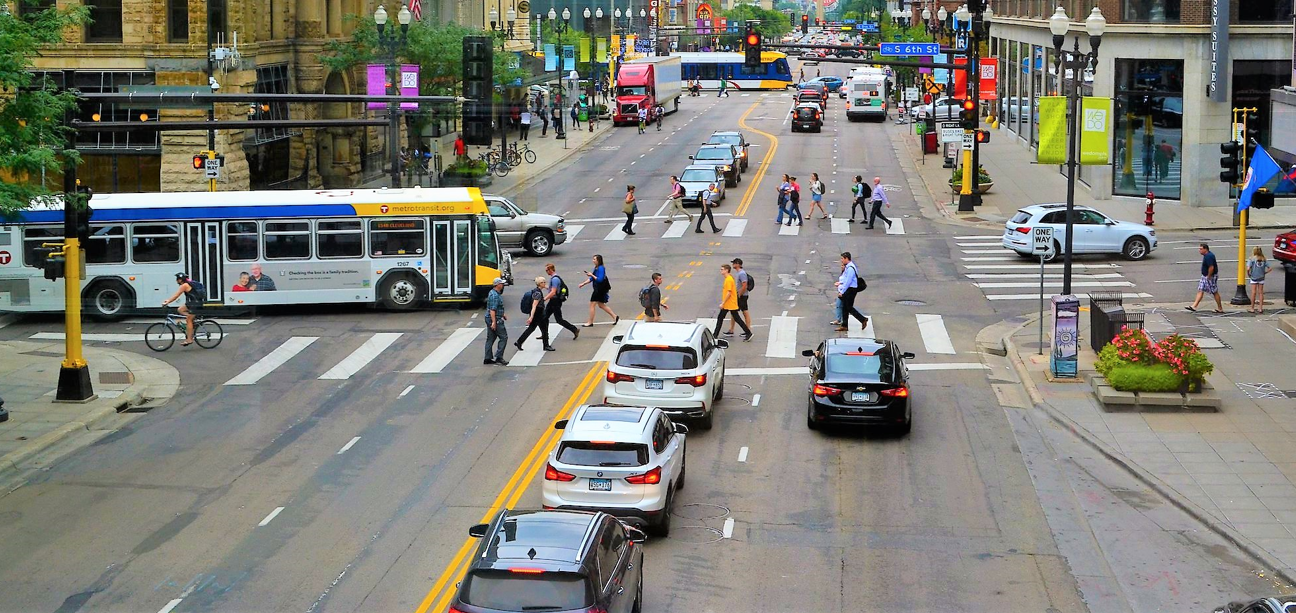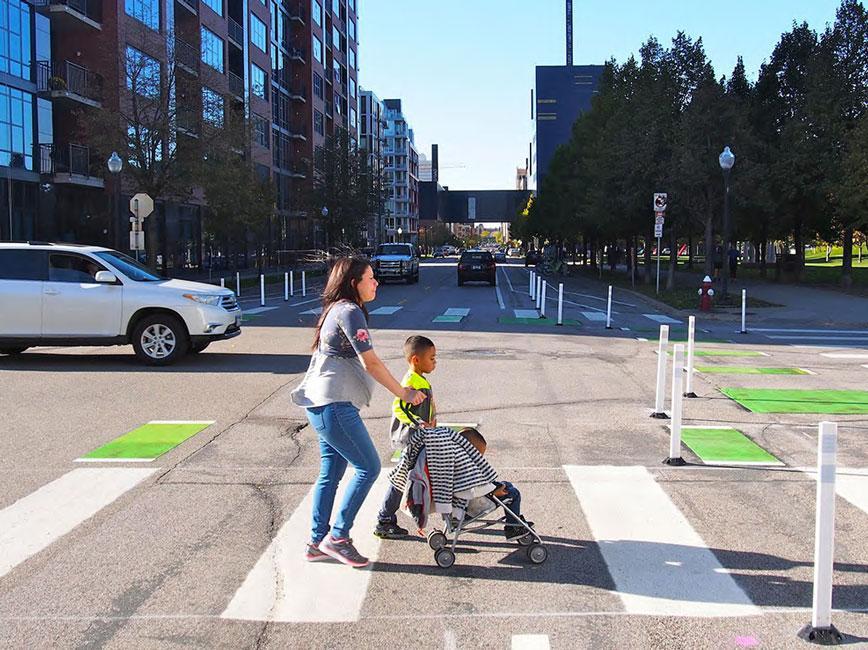Driving near pedestrians
General tips for drivers

Always do the following
- For the most visibility possible: keep your windshield clean and headlights on.
- Reduce your speed if the sun is blinding you.
- Use extra caution when driving near:
- children playing along a street
- older pedestrians who may not see or hear you
- Before backing up: Look behind your vehicle for approaching pedestrians. Especially watch out for small children.
Do not do the following
- Use cell phones. Do keep your eyes on the road. You should avoid distractions.
- Drive after consuming alcohol or drugs.
- Drunk driving increases your chances of striking a pedestrian.
- Never park on a sidewalk or in front of a curb ramp.
- Park within 30 feet of stop signs and stoplights. It's not allowed. This is to maintain clear sight lines for crossing pedestrians and vehicles.
- Drive when tired. Sleep deprived drivers are a hazard equal in severity to drunk drivers (According to the National Highway Traffic Safety Administration).
Driving laws and pedestrian rules
Always be prepared to stop for pedestrians
Scan the road and the sides of the road ahead.
Obey the speed limit
Most streets in Minneapolis have a 20 mph speed limit.
A pedestrian’s chances of death if hit by a motor vehicle:
- 15% at 20 mph
- 45% at 30 mph
- 85% at 40 mph
The faster you drive, the more dangerous our streets become.
Stop for a pedestrian in a crosswalk
Marked crosswalks have one or more the following:
- Pavement markings
- Pedestrian warning signs
- Flashing lights
Unmarked crosswalks occur at all other locations where two streets intersect.
Stopping for pedestrians
- Drivers must only stop for a pedestrian who has entered a crosswalk (According to Minnesota Pedestrian statute).
- Still, you should also stop for a pedestrian who is clearly waiting to enter a crosswalk, on the curb.
After you've stopped for a pedestrian in a crosswalk
It's legal to proceed after all pedestrians have passed your lane.
Stop for a pedestrian who is crossing with a "Walk" or flashing "Don’t Walk" signal
A pedestrian who has legally entered a signalized crosswalk has the right-of-way (Minnesota Pedestrian Statute).
If you're turning at a signalized intersection
Complete your turn only when all pedestrians have cleared your lane.
Stop behind the stop bar at signalized intersections
Stopping in a crosswalk is illegal. It also:
- Reduces visibility for crossing pedestrians
- Leaves pedestrians unsure that you can see them
If you need to creep into the crosswalk to gain greater visibility
Do so only after pedestrians have cleared your lane.
Stop before the sidewalk when emerging from an alley or driveway
Vision Zero

Contact us
Public Works
Phone
Address
City Hall350 Fifth St. S., Room 203
Minneapolis, MN 55415
Office hours
Monday - Friday
8:00 a.m. - 4:30 p.m.



